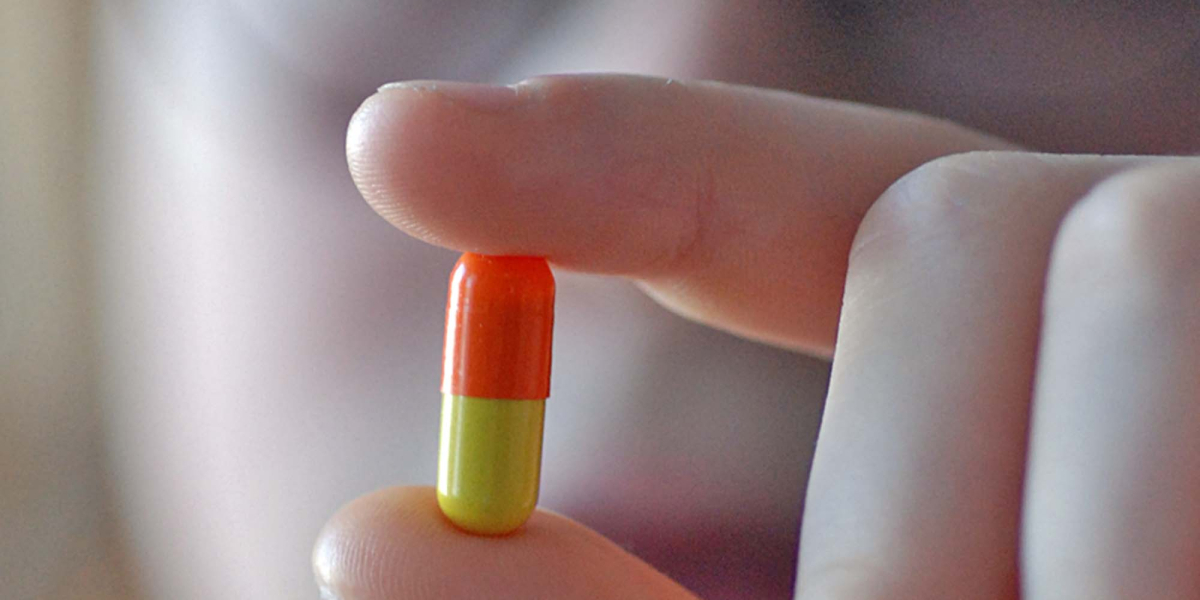Four things to know about generic pharmaceuticals & freeze drying

Lyophilization is a useful tool in the manufacturing of prescription drugs, both generic and name brand. The article "Freeze Drying Generics: Cost Advantages and Considerations" covers the pros and cons of lyophilization in the pharmaceutical sector, but doesn’t offer advice on how to optimize the lyophilization process. The additional information below this excerpt gives context to the author's comments.
The FDA defines a generic drug as “a drug product that is comparable to a brand listed drug product in dosage form, strength, route of administration, quality and performance characteristics and intended use.” Generics are considered identical in dose, strength, route of administration, safety, efficacy, and intended use.For a variety of reasons set out below, generic drugs are usually sold for significantly lower prices than their branded equivalents. Consequently generics have an appeal that is applicable to public and private healthcare systems in both developing and mature economies. The breadth of this appeal has resulted in massive.... . . .Inefficiencies in Lyophilization
Over the years, lyophilization processes have been developed by trial and error, in a qualitative way. Sometimes the same process is applied to a series of products irrespective of any difference in their characteristics; at other times, the same cycle may be transferred from one freeze-drying system to another, without understanding how this may affect the performance of the cycle. Bypassing the quantitative characterization of a freeze drying step within a process can have significant repercussions at three levels: financial, operational and regulatory.
- Serious issues with product activity, shelf stability and batch consistency and repeatability can go undetected until late in development. This can cause batch failure or expensive recalls.
- Long, overly conservative cycles are an expensive drain on energy and manpower resources. An optimal freeze-drying cycle ensures that energy consumption is kept to the lowest, as the cycle is the shortest possible and unnecessarily low temperatures are avoided. Also, ensuring operational efficiency increases batch turnaround time and therefore overall throughput.
- Quality control and regulatory requirements can cause further setbacks, when specification about the product and the suitability of the process are not readily available and justifiable. Finally, a good insight in the process step ensures that unexpected events can be mitigated or assessed and resolved rapidly.
This becomes all the more significant when dealing with generic drugs; as prices are lower, any opportunity to minimize cost of production to attain a maximal profit margin is essential. To this end, a number of aspects must be looked at when optimizing lyophilization.
Eutectic Temperatures
To optimize the freeze dry process, you must know the sample's eutectic temperature. This helps determine the shelf temperature required for primary drying. The shelf temperature must be below the sample's eutectic temperature to prevent melting, but close enough to speed up the freeze dry process. For every degree of heat that can be added to the sample, freeze drying has a 13% increase in drying rate. For example, for water with no solids, the eutectic temperature is 0°C. The recommended shelf temperature would be around -5°C. Colder is not better during primary drying.
Surface Area
Surface area is also an important factor. A thinner film sample is better than a thick sample to prevent a large core of bound moisture. Freeze drying starts from the top down; once the top of the sample is dry, it’s difficult for moisture at the bottom of the sample to be removed. It takes longer and requires more time and an increase of heat during secondary drying.
Crystallization
Crystallization of the sample during pre-freezing is also an important factor. With large ice crystals, freeze drying is more efficient and faster. It also allows for easier reconstitution.
Sample Testing
Finally, after freeze drying the appearance does not dictate the quality of the product. Testing vials for viability is required to determine if the freeze dry run was successful. Not just the appearance of the cake.
By implementing some of the suggestions above, freeze drying can become an efficient process for prescription drugs.
For more on freeze drying, read "All you need to know about freeze drying..." by Jenny Sprung on Labconco.com.
Read the entire article, "Freeze Drying Generics: Cost Advantages and Considerations" cited above.
In response to the article, "Freeze Drying Generics, Cost Advantages and Considerations" by Biopharma Technology Ltd. and appearing in Bioscience Technology e-newsletter.
| chevron_left | Technical Bulletin for Biosafety Cabinet Owners: What To Do About NSF/ANSI Standard 49-2014 | Articles | Which Cold Trap is Best for my Samples? | chevron_right |






